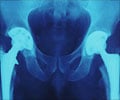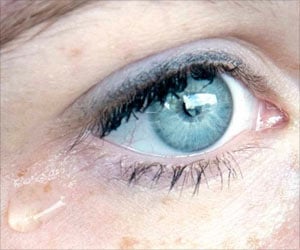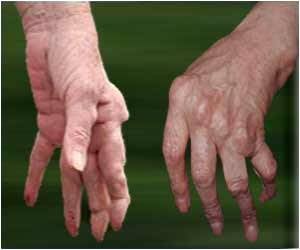A scientist from Northwestern University Feinberg School of Medicine has developed a new way to stop and even reverse rheumatoid arthritis.
A scientist from Northwestern University Feinberg School of Medicine has developed a new way to stop and even reverse rheumatoid arthritis.
He developed an imitation of a suicide molecule that floats undetected into overactive immune cells responsible for the disease.Whimsically referred to as Casper the Ghost, the stealthy molecule causes the immune cells to self-destruct.
The approach, tested on mice, doesn't carry the health risks of current treatments.
"This new therapy stopped the disease cold in 75 percent of the mice," reported Harris Perlman, the lead author and an associate professor of medicine at Feinberg. "The best part was we didn't see any toxicity. This has a lot of potential for creating an entirely new treatment for rheumatoid arthritis."
The study will be published in the February issue of Arthritis & Rheumatism.
Healthy immune cells are supposed to die after they attack an invading virus or bacteria. But in rheumatoid arthritis, the immune cells called macrophages live and go rogue. They proliferate in the blood, build up in the joints and invade cartilage and bone. Currently, there is no effective, nontoxic way to stop them.
Advertisement
In his research, Harris showed the molecule could prevent the development of rheumatoid arthritis as well as trigger a remission of existing disease. After the drug was injected in animals with the disease, joint swelling was reduced and bone destruction decreased.
Advertisement
Perlman said the next step is to develop nanotechnology for a more precise method of delivering the drug. His research was supported by the National Institute of Arthritis, Musculoskeletal and Skin Diseases and the National Institute of Allergy and Infectious Disease.
Source-Eurekalert
SAV










